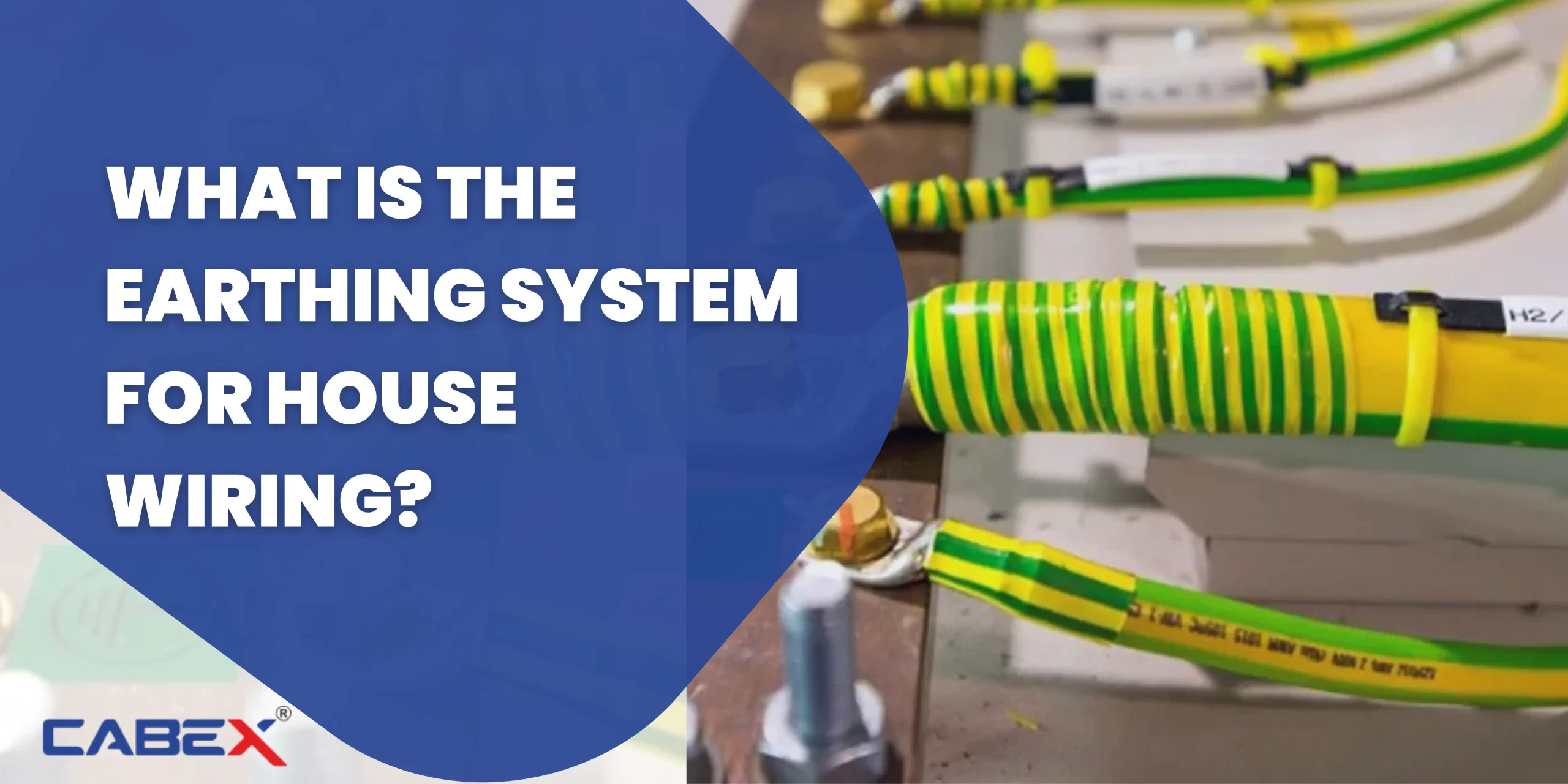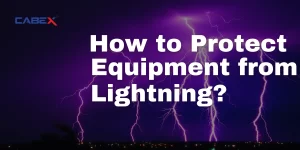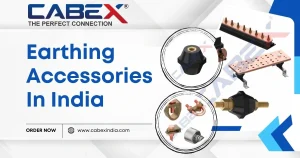Introduction:
In any electrical system, safety is of paramount importance. When it comes to house wiring, one essential aspect that ensures safety is the earthing system. The earthing system, also known as the grounding system, provides a path for the dissipation of fault currents and prevents electrical shock hazards. We will explore in this blog What is the Earthing System for House Wiring?
Understanding the Earthing System | What is the Earthing System
The earthing system refers to the process of connecting electrical appliances, devices, and installations to the earth. It involves creating a low-resistance pathway that facilitates the flow of excessive electric current into the ground, thereby preventing potential hazards. The earthing system offers protection against electric shock, fire, and damage to electrical equipment.
Importance of the Earthing System
The earthing system is crucial for several reasons. Firstly, it prevents electric shocks by providing a safe path for fault currents to flow into the ground. If an electrical fault occurs, such as a short circuit or insulation failure, the earthing system ensures that the excessive current is divert away from people and equipment, reducing the risk of injury or damage.
Secondly, the earthing system helps protect electrical equipment and appliances from power surges caused by lightning strikes or voltage fluctuations. By connecting the electrical system to the earth, these transient voltages are discharged harmlessly, preventing potential damage to sensitive devices.
Components of the Earthing System
The earthing system consists of various components that work together to provide effective protection. These components include:
1. Earth Electrode:
The earth electrode is a metal rod or plate buried in the ground. It acts as a connection point between the electrical system and the earth.
2. Earthing Conductor:
This is a conductive wire or strip that connects the electrical system to the earth electrode. It ensures a low-resistance path for fault currents.
3. Main Earthing Terminal (MET):
The MET is the central point where all earthing conductors within a building are connected. It is usually located near the main electrical panel.
4. Earth Continuity Conductor:
This conductor connects all metallic parts of the electrical system, such as pipes, equipment, and appliances, to the earthing system. It ensures that all conductive parts remain at the same potential.
Earthing System Accessories
To enhance the effectiveness of the earthing system, various earthing system accessories can be used. These accessories include:
1. Earthing Clamps:
These clamps securely connect the earthing conductors to the earth electrode, ensuring a reliable and low-resistance connection.
2. Earth Bars:
Earth bars are metal bars with multiple terminals use to connect various earthing conductors and bonding wires together. They provide a centralized and organized approach to earthing connections.
3. Earth Mats:
Earth mats are large conductive mats placed below the building’s foundation. They help dissipate fault currents into the ground effectively.
4. Surge Protectors:
Surge protectors, also known as surge suppressors, are devices installed in the electrical system to divert excessive voltage and transient surges away from sensitive equipment. They act as a safeguard against power surges caused by lightning strikes, switching operations, or electrical faults.
5. Earthing Rods:
These are long metal rods driven into the ground to provide a reliable earth connection. They ensure a good electrical contact with the earth and are commonly used in areas with high soil resistivity.
6. Grounding Plates:
Grounding plates, also known as ground electrodes, are large metal plates buried in the ground. They offer a low-resistance connection to the earth and are particularly useful in locations where space is limited.
7. Bonding Wires:
Bonding wires are used to interconnect various metallic parts of the electrical system, such as pipes, conduits, and equipment, ensuring that they all maintain the same electrical potential. This helps prevent potential differences that can lead to electric shock hazards.
8. Grounding Clamps:
Grounding clamps are used to establish a secure connection between the earthing conductor and metallic structures or equipment. They provide a reliable electrical bond, ensuring effective grounding and reducing the risk of electrical hazards.
Proper Installation and Maintenance of the Earthing System
To ensure the effectiveness of the earthing system, proper installation and regular maintenance are essential. Here are some key considerations:
1. Design and Installation:
The earthing system should be design and installed by qualified professionals following applicable electrical codes and regulations. Proper sizing of earthing conductors, correct placement of earth electrodes, and adherence to safety guidelines are critical.
2. Regular Inspection:
The earthing system should undergo periodic inspections to check for any signs of damage, corrosion, or loose connections. It is important to ensure that all components are in good condition and functioning as intended.
3. Testing:
Periodic testing of the earthing system is crucial to verify its effectiveness. This includes measuring the resistance of the earthing electrodes and conductors to ensure they meet the required standards.
4. Maintenance:
Proper maintenance involves cleaning and tightening connections, repairing or replacing damaged components, and addressing any issues identified during inspections and testing.
Common Issues with the Earthing System
While the earthing system is design to provide safety and protection, certain issues can affect its performance. Some common problems include:
1. Poor Grounding:
Inadequate grounding can result from improper installation, corrosion of electrodes, or insufficient contact with the earth. This can lead to increased resistance and compromised safety.
2. Faulty Connections:
Loose or damaged connections within the earthing system can disrupt the flow of fault currents and compromise its effectiveness. Regular inspection and maintenance are necessary to address such issues.
3. Soil Resistivity:
The resistivity of the soil can vary in different locations. High resistivity can increase the resistance of the earthing system, affecting its ability to dissipate fault currents effectively.
Conclusion
In this blog we learned about What is the Earthing System for House Wiring? The earthing system is a vital aspect of house wiring that ensures the safety of individuals and protects electrical installations. By providing a low-resistance path for fault currents, the earthing system prevents electric shocks, protects against power surges, and safeguards electrical equipment. Proper installation, regular maintenance, and the use of appropriate earthing system accessories contribute to its effectiveness. Understanding the importance of the earthing system and its components is crucial for maintaining a safe electrical environment in residential buildings.
FAQ:
In house wiring, the most common type of earthing used is the “TT” system, which stands for “Terre-Terre” or “Earth-Earth.” This system involves connecting the electrical system to an earth electrode, typically a metal rod buried in the ground. This provides a path for electrical faults to safely dissipate into the earth, protecting people and property from electric shocks and reducing the risk of electrical fires.
The best type of earthing for a house is the “Plate Earthing” or “Pipe Earthing” system. In this method, a copper plate or pipe is buried deep in the ground and connected to the electrical system of the house. This ensures effective grounding, providing safety by diverting excess electrical energy into the ground and protecting against electrical faults and lightning strikes.
The four types of earthing systems are:
TT System: Earth electrode at the source and local earth electrodes.
TN System: Earth electrode at the source and combined neutral-earth conductor.
IT System: No intentional connection to earth, but earth fault protection is provided.
TN-C-S System: Combined neutral and protective earth conductor throughout the installation.
The earthing formula refers to the mathematical calculation used to determine the resistance of an earthing system. It involves measuring the resistivity of the soil, the dimensions of the electrodes, and the separation distance between them. The formula helps in determining the effectiveness of the earthing system in providing a low-resistance path for electrical faults and ensuring safety.
Difference Between Cable Gland and Cable Termination
Explosion Protection Solutions: Essential Cable Glands for High-Risk Industries






